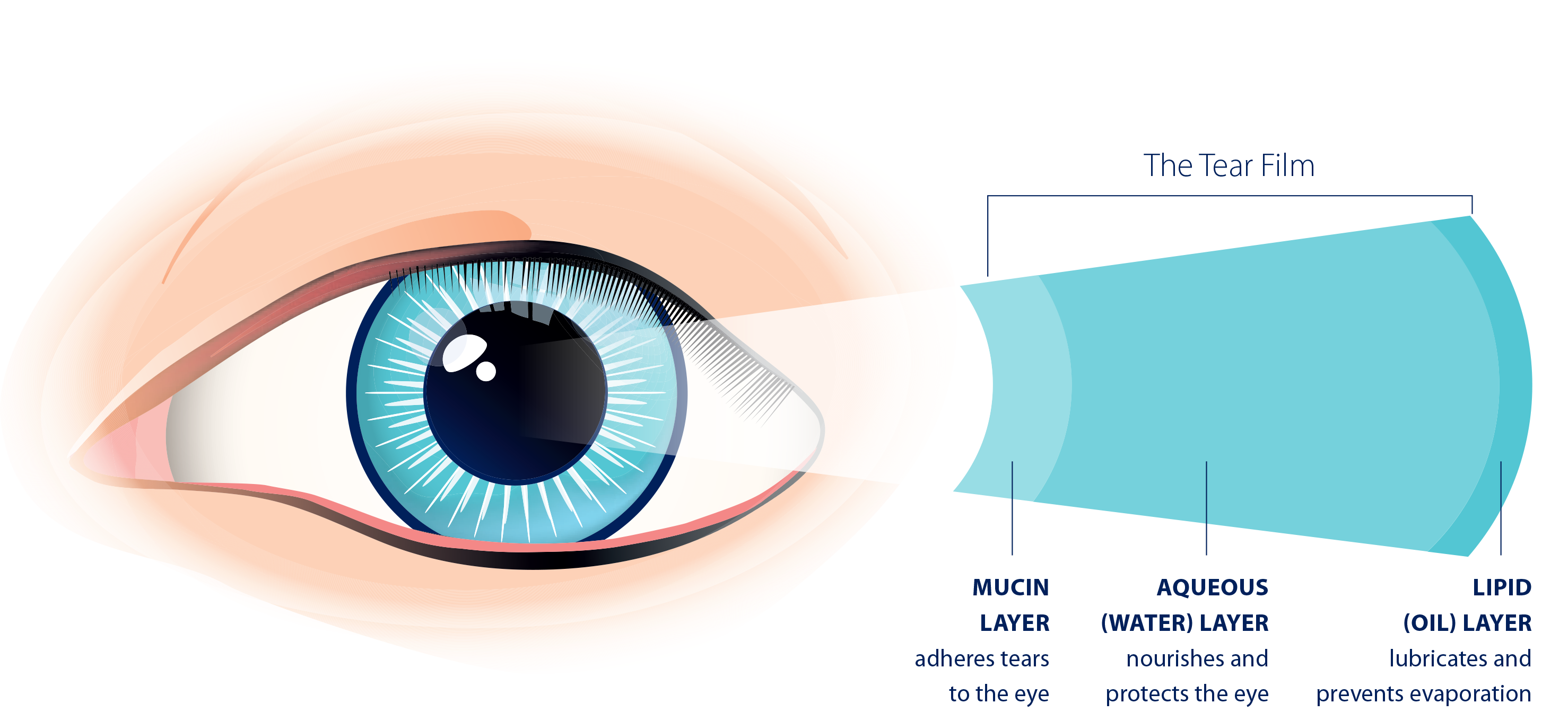
See how some conditions can affect your vision

The lens in our eye is made up of protein. A cataract is not a disease of the eye. It is the natural clouding of the clear lens as we get older. This happens at different ages and rates for each person.
In its earliest stage, surgery is not required and we can change your spectacle prescription to maximise your vision. Left untreated your vision will slowly deteriorate but you will not come to any harm.
At your eye examination, your optometrist will discuss the progress of any cataract and advise whether a referral for a cataract surgery is necessary.
The surgery is a day case procedure and about 5 weeks after surgery you will need to have your glasses updated.

Age-Related Macular Degeneration (AMD) is a condition that mainly affects people over 55, and causes a loss of central vision over time.
This loss of vision causes blurred vision when you look straight ahead, and makes reading, seeing colours, and recognising faces more difficult.
While it sometimes can happen suddenly, AMD is usually gradual and the periphery or edge of your vision is not affected. This means that AMD does not cause total blindness on its own, however, it can go undetected without regular eye examinations.
There are two kinds of AMD:
- Dry – this is the most common type and occurs as the macula thins
- Wet – this type develops when abnormal blood vessels form under the macula and cause a change in vision. The vision change is more serious than dry AMD and vision loss can occur if the condition goes untreated.
What can you do?
- Book regular eye examinations, ideally with an OCT scan, at least every 2 years
- Take regular exercise
- Keep your diet rich with vegetables, fruit, and sources of omegas (eg. fish and nuts)
- Try and keep your blood pressure under control, it has been shown higher blood pressure can increase your risk of AMD
- Stop smoking (smokers are 4 times more likely to develop AMD)
- Protect your eyes against ultra-violet (UV) light either through sunglasses or a UV block on your regular glasses

Persons with diabetes are at risk of developing complications with their sight and eye health. Diabetic retinopathy is a complication of diabetes. It is caused by high blood glucose (sugar) levels damaging the back of the eye (retina).
It can cause blindness if left undiagnosed and untreated. It is very common in people who have had diabetes for a long time. Most sight loss in diabetes is preventable.
Key tips for diabetics:
- Early diagnosis is vital
- Have your eyes tested every year or sooner if you notice any change in your vision
- Do not wait until your vision has deteriorated before an eye examination
- Continue to attend your GP or Diabetic Specialist for check-ups
- Continue to attend the Diabetic Retinal Service (the national photo screening service) - note: these photos do not replace your need for a full eye examination every year
Early Glaucoma

Advanced Glaucoma
Glaucoma
Glaucoma is a condition that caused damage to the optic nerve. The damage can cause significant changes to your peripheral vision, leading to sight loss if left untreated.
Although it is often associated with raised eye pressure, glaucoma can also occur when the pressure is normal, which means a series of different tests are required to accurately diagnose the condition.
At the National Optometry Centre, our optometrists have extensive clinical experience and are highly trained in using advanced technology such as:
- Ocular Coherence Tomography (OCT)
- Humphrey HFA
- iCare Tonometer
- Goldmann Tonometry
- Topographers
This technology enables them to identify and monitor early changes to the optic nerve structure, and refer where necessary to the eye hospital.

Dry eye is a common condition that affects people of all ages. Dry eye happens when the tear film layers are disrupted.
The tear film is made up of 3 layers:
- Mucin Layer - allows the tear film to attach to the front of the eye
- Aqueous Layer - the thickest layer, mostly water, and hydrates the eye
- Lipid Layer - the outer layer, prevents evaporation of the aqueous layer
Common dry eye causes include:
- Low tear quantity
- Poor tear quality
- Environmental factors such as air-conditioning, cigarette smoke, a windy day, long periods on the computer
- Certain medications, thyroid conditions, hormonal changes, Vitamin A deficiency
- Diseases such as Parkinson’s and Sjorgen’s
At the National Optometry Centre, we have the latest technology to investigate, measure and manage your dry eye problems.
Floaters look like small specks of dust or cobwebs that move around the eye. They are common, especially as we get older and the vitreous jelly in the eye changes in consistency.
Flashes look like random flashes of light in the eye and are often seen in the edge of our vision especially in low light or at night. They occur as the vitreous jelly moves in the eye.
When floaters first occur the brain pays attention to them, and in most instances, over time, we learn to ignore them.
However, sometimes flashes and floaters are a sign of a serious eye condition called a retinal detachment.
If you notice the following you should contact your optometrist for advice:
- A change in the number of floaters, especially if it happens with flashing lights
- The appearance of a large new floater
- If you experience a curtain or shadow across your vision
- Flashes or floaters that happen after you have had a bang to the eye
If you experience any of the above symptoms, and you cannot contact your optometrist, it is important to seek urgent same day advice from your GP or an Emergency Department.

